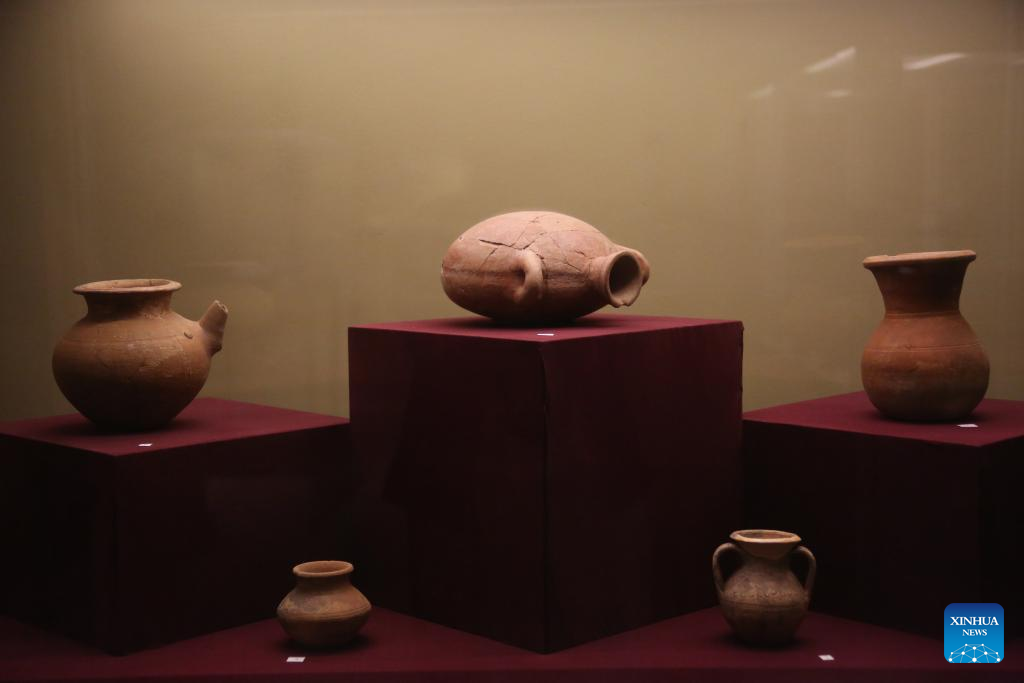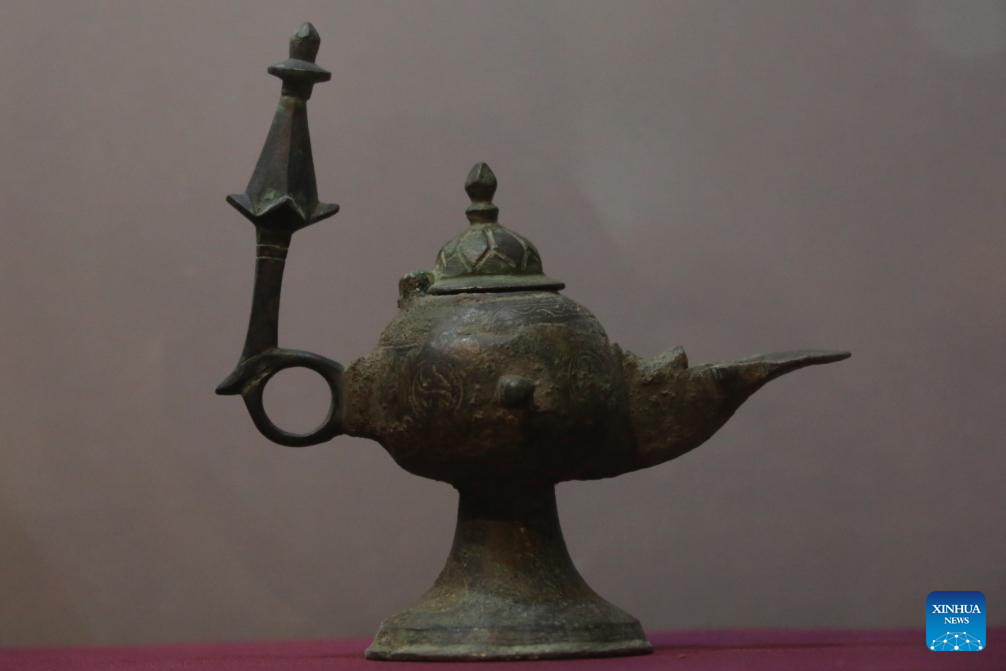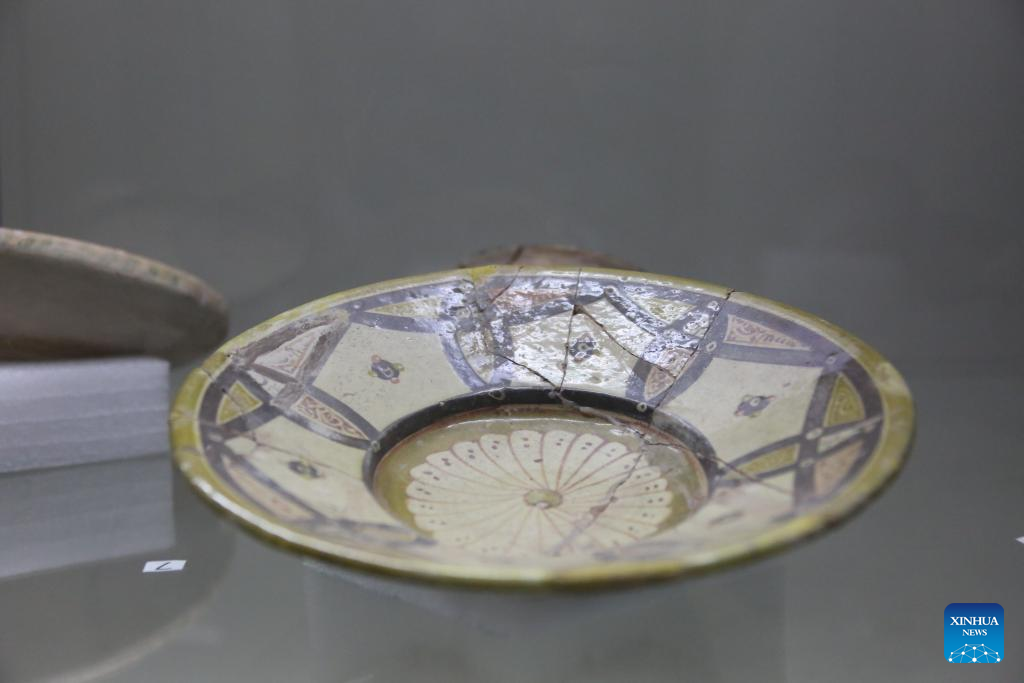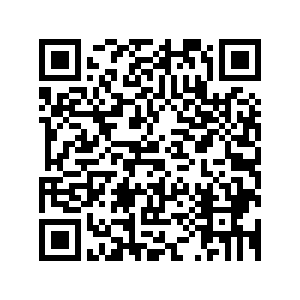
This photo taken on May 14, 2025 shows artifacts at the National Museum of Afghanistan in Kabul, Afghanistan. (Photo by Saifurahman Safi/Xinhua)
KABUL, May 17 (Xinhua) -- Once a vibrant repository of Central and South Asian heritage, the National Museum of Afghanistan held tens of thousands of priceless artifacts that testified to the region's deep historical ties with civilizations such as the Greco-Bactrians, Islamic Caliphates, and Buddhists.
Tragically, decades of conflict, political instability, and cultural neglect have taken a severe toll on this irreplaceable collection.
Although approximately 70 percent of its collection have been looted, destroyed, or smuggled abroad, the museum remains a powerful symbol of resilience and cultural pride, according to museum authorities.
"The museum became a tragic emblem of Afghanistan's turbulent modern history, particularly during the periods of civil war," said Yahya Muhibzada, deputy director of the National Museum of Afghanistan.
"It has endured some of the darkest chapters, imaginable relocation, dismantling, fire damage, and rampant theft," he said.
Regrettably, nearly 70 percent of the museum's artifacts were lost, with many stolen during the era of factional fighting, Muhibzada lamented.
Afghanistan's historical and archaeological monuments are more than just remnants of the past; they embody centuries of artistic, religious, and political exchange among ancient civilizations and are integral to the nation's cultural identity.
"You can see traces of Hellenistic and ancient Greek art in many of the artifacts we've recovered from different regions," said Muhibzada, standing at the entrance to the museum.
Founded in 1919 and located in the western part of Kabul, the National Museum of Afghanistan houses a remarkable collection of relics that narrate the history of human development and illustrate the cultural richness of various civilizations.
According to Muhibzada, the museum currently holds around 60,000 ancient objects representing a wide range of civilizations, from the Kushan Empire and the Greek and Buddhist periods to the Bronze Age, the Achaemenid Empire, the Hellenistic era, and the Islamic periods.
"On average, we receive between 200 and 300 visitors a day, including foreign tourists and local students," he noted.
Afghanistan has historically served as a crossroads linking Central Asia, South Asia, the Middle East, and China. This unique geographical position fostered an extraordinary blend of artistic, religious, and cultural influences visible in the diversity of artifacts once housed in the museum.
This confluence of civilizations elevated Afghanistan beyond a mere transit route; it became a vibrant melting pot of world heritage, where traditions from East and West did not merely coexist, but evolved and enriched one another.
Since 2006, in an effort to strengthen international cultural ties and share its ancient legacy with the world, the National Museum of Afghanistan has exhibited 231 national treasures, including gold pieces from the Bactrian era, in museums around the world, according to Muhibzada.
"We plan to resume international exhibitions of Afghanistan's cultural treasures, especially in China, to help introduce our ancient civilization to Chinese audiences," he stated.
Tamim Sarwary, visiting the museum for the first time, was visibly moved as he walked among the ancient relics of his homeland, enjoying each artifact whispering tales of kings, empires, and civilizations long vanished.
"I feel a deep sense of pride knowing that we have such a museum, filled with rare and valuable artifacts," Sarwary told Xinhua. "I saw antiquities here that I never imagined existed in Afghanistan."
Authorities in Afghanistan's interim government have reiterated their commitment to protecting the country's cultural heritage, declaring the possession or smuggling of historical relics and precious stones strictly prohibited. The government has focused on preventing theft and curbing illegal trade in antiquities.
Official data from the Ministry of Information and Culture shows that since the government took power in August 2021, more than 5,000 cultural relics have been transferred to the museum, and over 2,000 artifacts have been repaired.
While the government's restoration initiatives and anti-smuggling efforts demonstrate a renewed commitment to safeguarding national heritage, sustained international cooperation and capacity-building are vital to ensuring the long-term protection of Afghanistan's rich and diverse cultural legacy, both tangible and intangible. ■

This photo taken on May 14, 2025 shows a relic at the National Museum of Afghanistan in Kabul, Afghanistan. (Photo by Saifurahman Safi/Xinhua)

This photo taken on May 14, 2025 shows a relic at the National Museum of Afghanistan in Kabul, Afghanistan. (Photo by Saifurahman Safi/Xinhua)

This photo taken on May 14, 2025 shows a relic at the National Museum of Afghanistan in Kabul, Afghanistan. (Photo by Saifurahman Safi/Xinhua)
